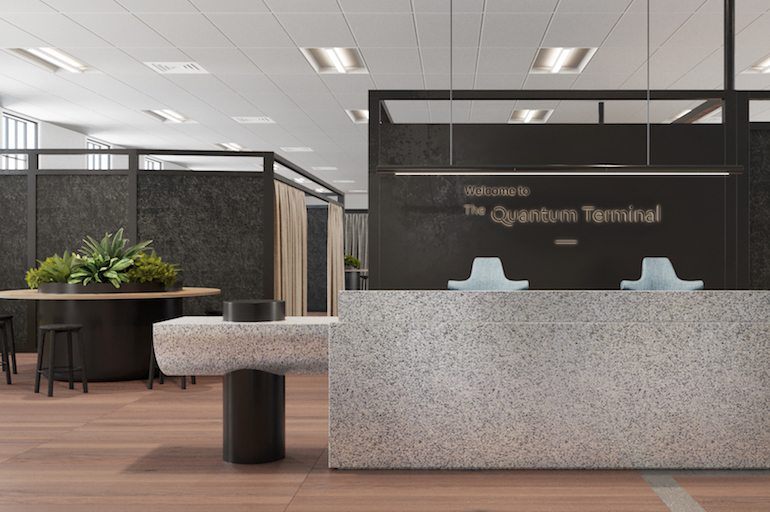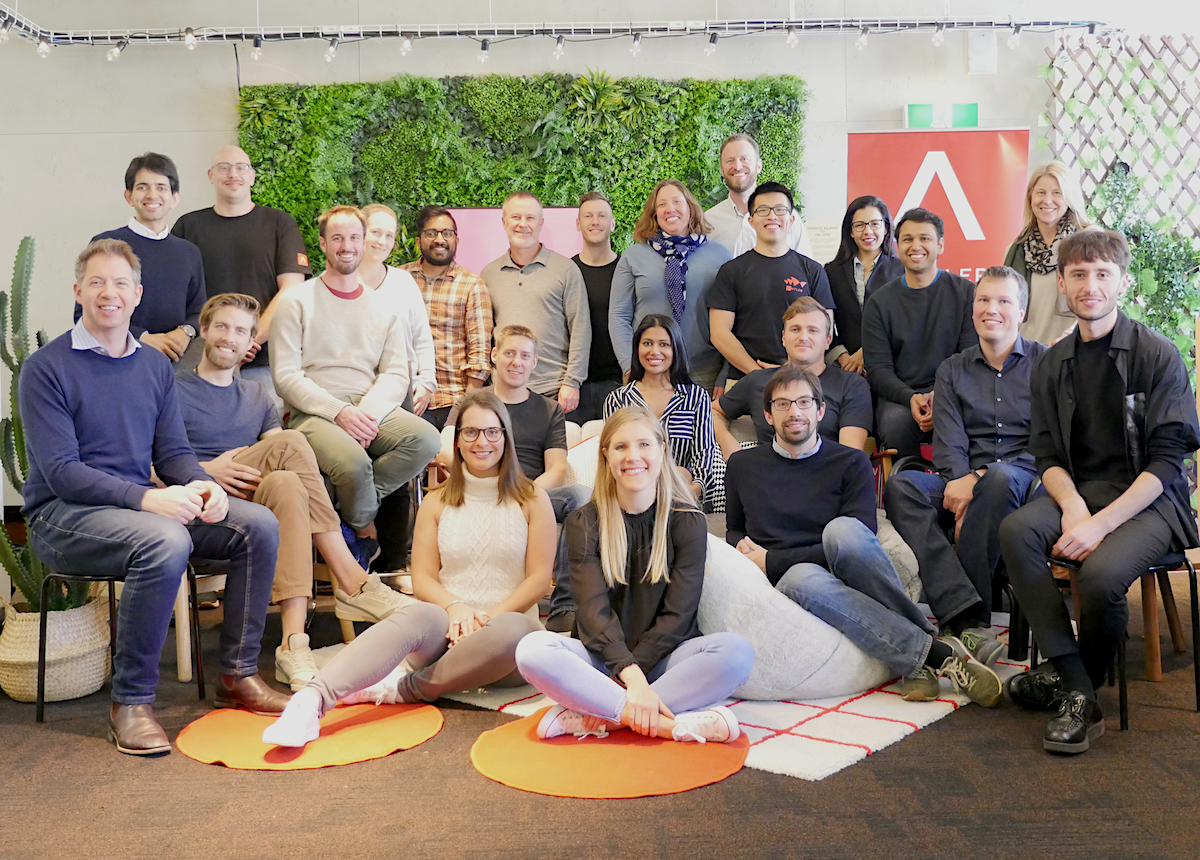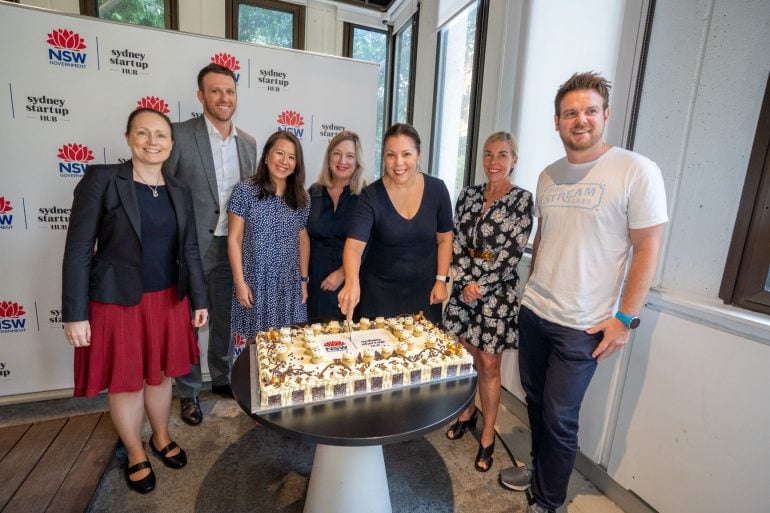I’ve been a mentor, advisor, investor and Board member to many individual startup residents and an incubator within the Sydney Startup Hub (SSH), so I guess you can say I’ve seen the birth and life-to-date of the SSH from within.
The premise of establishing the SSH was sound.
What a great idea to create a centralised hub for all these entrepreneurs to reside in the one place and space! Think of the potential collusions and collaborations that will germinate. But it’s not a case of Build it and they will come, nor Build it and it will just magically happen.
Establishing an innovation hub or precinct is not just about property and location, it is about creating a community! Both internally within the hub and creating channels to connect that community to the external world – investors, industry, universities, Government etc.
Embrace diversity and establish interconnectedness
Innovation comes from diversity of representation and diversity of thinking; therefore an innovation hub should work with this in mind.

Lynda Coker
It should incorporate diversity in the tenant base–not just the entrepreneur population and cross sector.
It should have representation from the external stakeholders I just mentioned, not only through having some reside (or rotate) in the space but more importantly through active engagement on a qualified basis.
It should also intelligently connect different sectors (fintech, agtech, healthtech, mediatech and others) and groups that champion different technologies (blockchain, AI etc.). There are many existing groups and forums but these are still somewhat fragmented.
Let Tech Central be the glue.
Set meaningful metrics
So what does an innovation hub or tech precinct want to achieve from a Government perspective? Key metrics include:
- Job creation
- Investment
- Commercialisation of ideas / research
- Growth in tech talent and expertise
- Growing businesses – revenue, customers, capital, staff
- Productivity!
These are all things where you could argue one leads to another.
My point is to set relevant metrics for the innovation precinct alongside a plan to achieve them, including both stretch targets and those at a practical, granular level. These metrics should be shared with residents where appropriate.
Everyone likes being part of a team and driving things forward.

The new Quantum Terminal startup hub at Sydney’s TEch Central
Create a community platform
We talk about ‘platformication’ in different industries. A platform is important to an innovation hub. Plug stakeholders and services in. A tech hub should use tech to connect and collaborate!
So what should this entail?
- Enable awareness of who is in the space and what they are building or seeking (opt-in for those that want to be in stealth mode). Many don’t know who is in the building or precinct, including the residents themselves! Enable communication via a platform or app that all residents can access on their phone and engage with. Include intelligent matching and selection. Opt-in notifications. Make it easy!
- Enable call outs and forums where residents (either startup or corporate) can seek resources, facilities or ideas or connect and share learnings as much or as little as they want to in a safe, secure environment.
- Enable a social fabric or a social network of communication for all
- Go beyond encouraging the intra opportunities that can be achieved within any tech precinct to enabling access to the platform for external parties and the public in a smart data-driven manner for targeted connections that can be vetted as necessary.
- Start to selectively link in sectors and create forums based on profile data, interests and needs. Many industries are platforming so let’s embrace this approach to how we connect and drive innovation more broadly.
- Enable connectivity across regions, across the State and nationally for that matter. Australia is small! Let’s learn from Israel.
While SSH did create a community platform, this was (in my opinion) too late and not executed properly in incentivising use. Awareness and promotion to the outside world and relevant stakeholders was also not facilitated to best effect. However genuine intent existed in trying to do this so I’m not criticising the intent of those involved.
Let’s not forget that recent COVID times have presented challenges for the SSH, as physical collaboration spaces and co-working are not feasible in lockdown conditions so anchor tenants have faced difficult times.
We should leverage learnings from the enforced move to virtual programs and events to better link and communicate with entrepreneurs and other stakeholders in regional areas that will not be physically located at Tech Central.
It’s not just about the tech …
Something as simple as putting a bar in the Sydney Startup Hub could have enabled significant connections. While not everyone drinks alcohol, having a space to relax and connect after work would have achieved meaningful (professional btw) interactions for all.
Level 1 of the SSH was meant to be a community space but it was always closed after 6 pm. Also during the day, no-one is going to go downstairs to Level 1 to buy a coffee when they get free coffee on their own floor inside their own incubator.
These are early-stage startups short on both time and money.
Most people using Level 1 were off the street and seeking free Wi-Fi. Not to discourage people coming in off the street as all are welcome and we encourage serendipity (always!), but Level 1 didn’t achieve the overarching intended purpose of being a community space for residents.

Antler is one of the many companies based the Sydney Startup Hub.
Consider region-specific needs and connect tactically across regions
A connection approached me once about establishing a generic innovation hub in Manly. My instinctive reaction was Why? and What are you going to do differently?It’s not just about space.
It’s not just that Manly is by the sea and has a great beach. What is the community / demographic of the Northern Beaches? What is the industry of the Northern Beaches region?
Perhaps start with initiatives around what the community is about and align to their needs as well as cultivating interconnectedness with surrounding regions. Understand what is up and running already.
Consider what is working and not working in terms of what and where? Map the landscape.
What are the gaps? Facilitate connections between innovation precincts and hubs – not just in Greater Sydney but across the state. Again, nationally where appropriate.
An example of this is that I’m starting to see angel groups co-investing with each other more where these groups were and are still largely state siloed or regionally based.
Also seeing co-investment across the pond with NZ angels. Both markets are small, so let’s see more of this and alongside VC and family offices off the same term sheet.
Corporate Australia wants to actively engage with the startup ecosystem. I’m not doubting the appetite. But they don’t know how to (effectively) and we need to lose this David vs. Goliath attitude.
Structure and cultural settings need to change. Prior to the covid pandemic, I organised an event for CEW to come to the SSH – not just for individual CEW members to learn and connect (perhaps be an advisor / mentor / investor time permitting) but also for awareness in respect of the corporates they represent. Let’s engage with appropriate associations and industry bodies / consumer groups in a targeted fashion.
So it’s about community. You can’t be passive and expect that if you provide space and invite relevant organisations, then innovation and connectivity will just happen as a result.
It needs to be ignited and facilitated but of course in a way that efficiently produces network effects.
Consider specific community and industry needs
In terms of identifying specific themes where Tech Central can play a significant role in facilitating a call to action, I’m going to throw one out there: Retiretech – here is a large section of the demographic that has many problems to solve: health, wealth, affordable housing etc.
Let’s get industry involved. Government involvement of course as there is an aligned incentive in enabling retirees to more easily access information, consume services and ultimately not rely as heavily on the aged pension or other welfare.
It’s perhaps not a ‘sexy’ theme and I’m not trying to simplify it as there are many convoluted and competing problems to solve in this example but it’s a nationwide consideration (global in fact) and effective solutions should produce benefits and savings for the demographic as well as the public purse. There is profit for industry in delivering these solutions as well. Win:Win:Win.
There are many segments of the community or initiatives where Tech Central can elevate and facilitate focus on prioritised government initiatives where relevant – be it social, environmental, economic or otherwise as predicated by public community need. Let’s consider some other well thought out initiatives and via Tech Central (and other regional precincts for initiatives relevant to that region) selectively engage with the startup ecosystem, industry, universities and the investor community to drive it.
Design an innovation hub similar to a product / solution
Lastly, perhaps the design of an innovation hub should be viewed like any product or solution, similar to those that its residents are trying to create and commercialise:
- Does the solution address the problem it is trying to solve?
- Is there product-market fit?
- What is the sustainable business model?
- What’s the TAM? CAC? What’s the G2M strategy?
- Is it investible?
- Does the team driving it have the capability to execute?
Government-led initiatives still require a commercial lens. Let’s think tactically about how to design and deliver. Let’s connect and collaborate!
Technology in and of itself is never the solution; technology is the enabler of the solution. Let’s make Tech Central the enabler of driving innovation, growth and prosperity
I don’t want to be negative as there is SO much goodwill and good intent. The startup ecosystem is brimming with positivity and there is much well-intentioned effort across industry, investors, Government.
It’s fantastic that the Government is investing in Tech Central and the opportunity is immense.
This is also a pivotal time given the transition to a digital economy; the evolving data economy and legislation like the Consumer Data Right (and other Acts) unfolding.
The timing is right and ripe.
Let’s tactically think about the ultimate objectives and design of Tech Central.
Let’s also think beyond Greater Sydney, but Greater Sydney is a start.
- Lynda Coker has been a corporate finance advisor for 20 years, is a Non-Executive Director and angel investor for Scale Investors; a NED of The Studio Ltd in the Sydney Startup Hub, and an advisor to SeedSpace VC and Ocean Impact Organisation.




















Trending
Daily startup news and insights, delivered to your inbox.